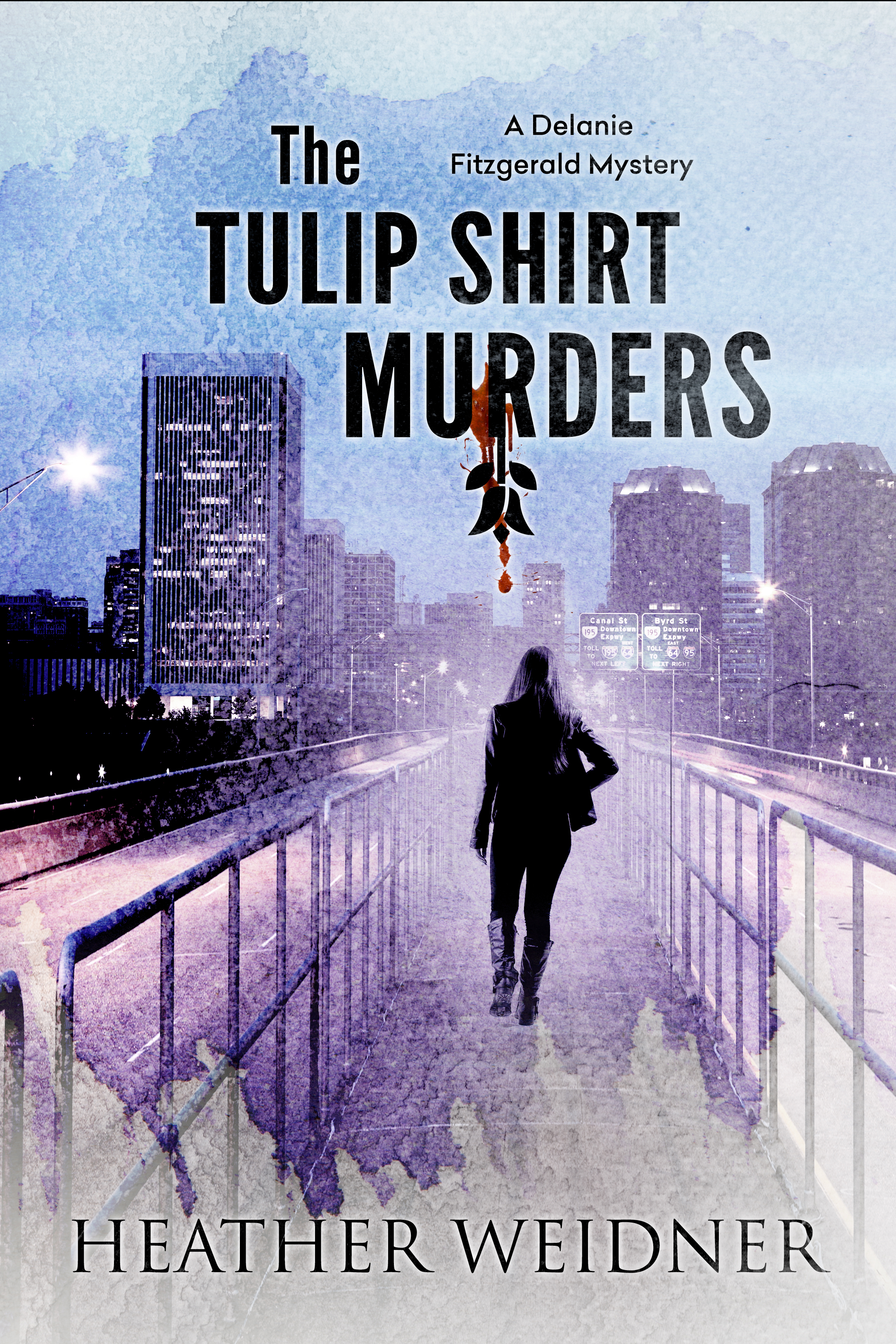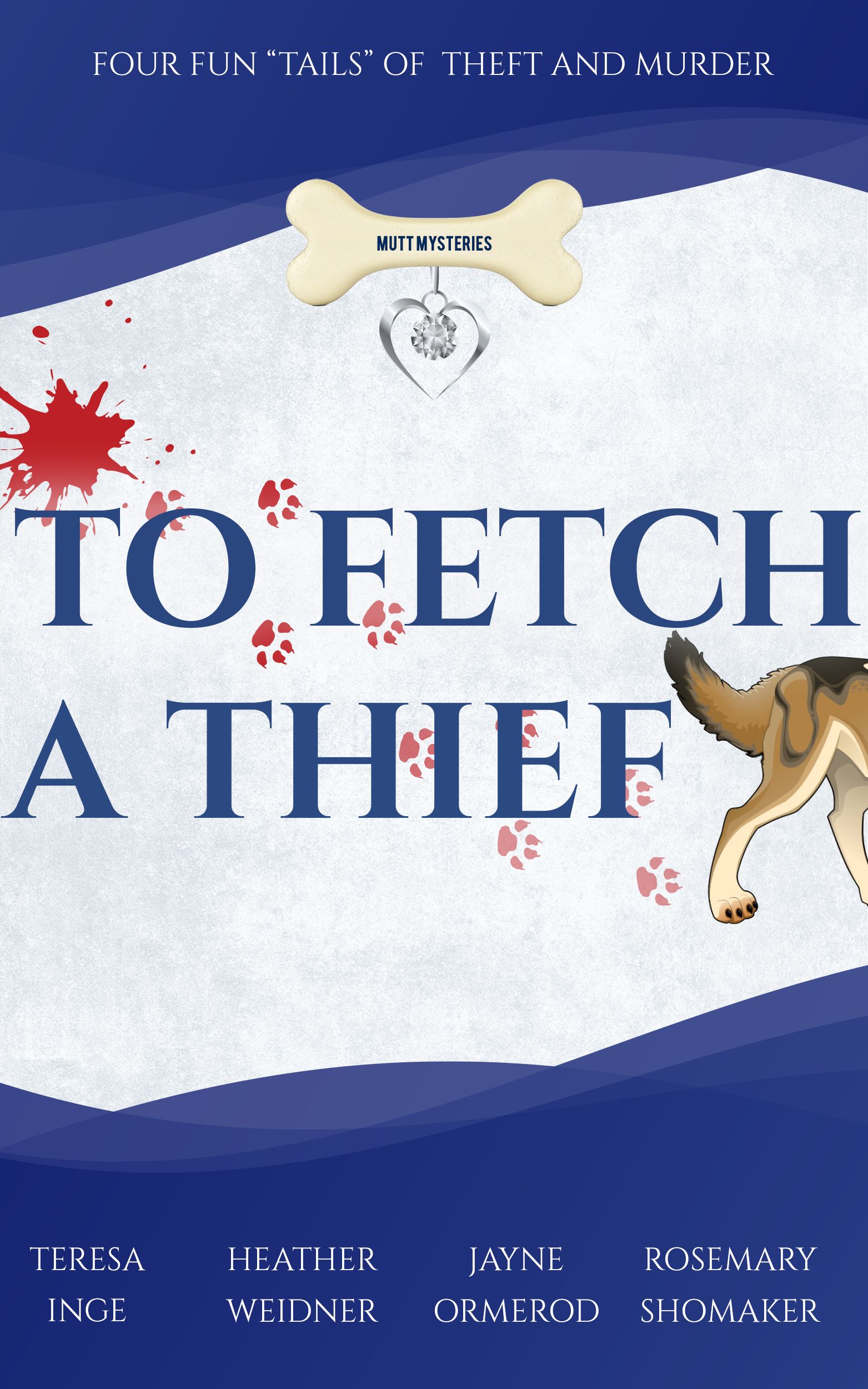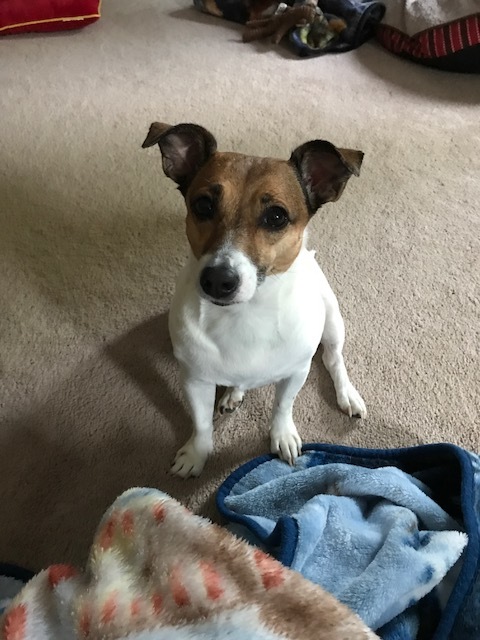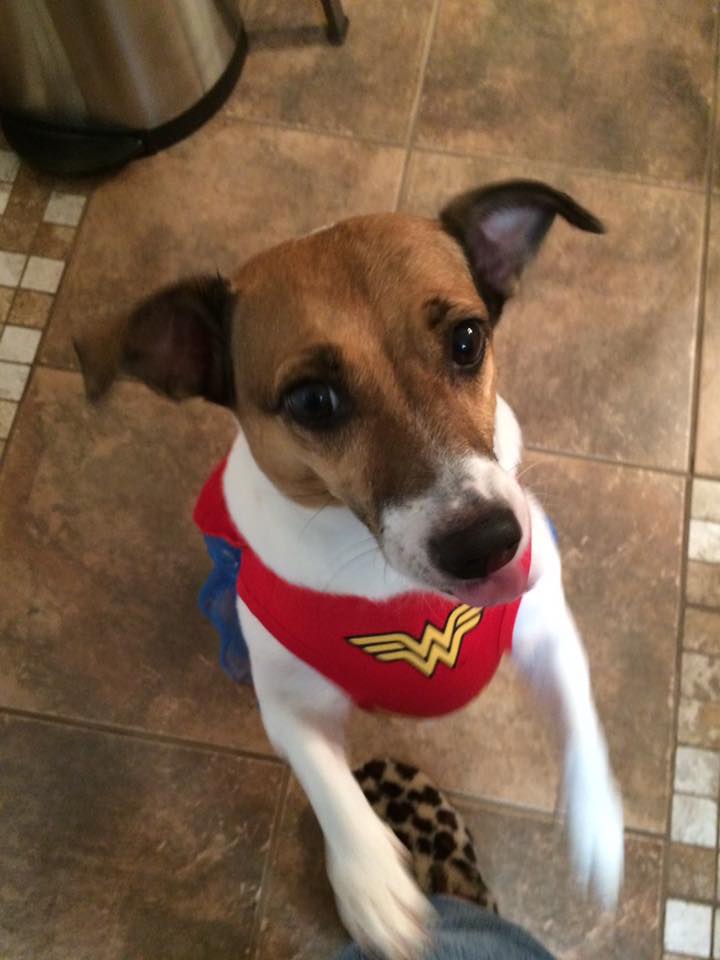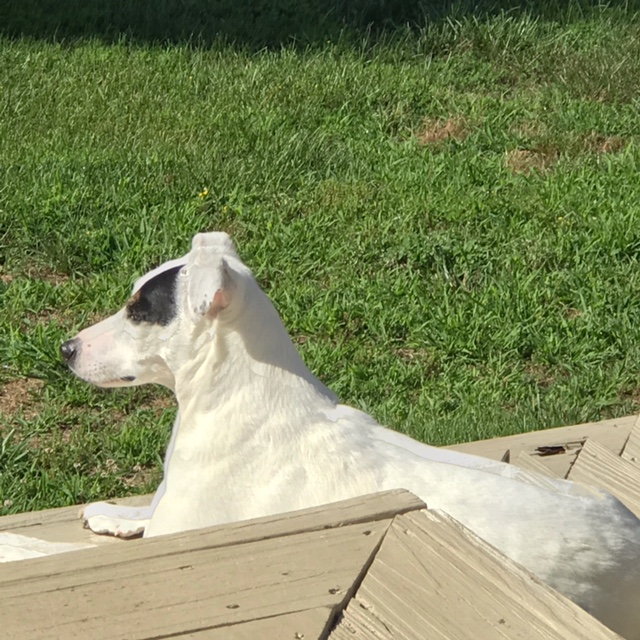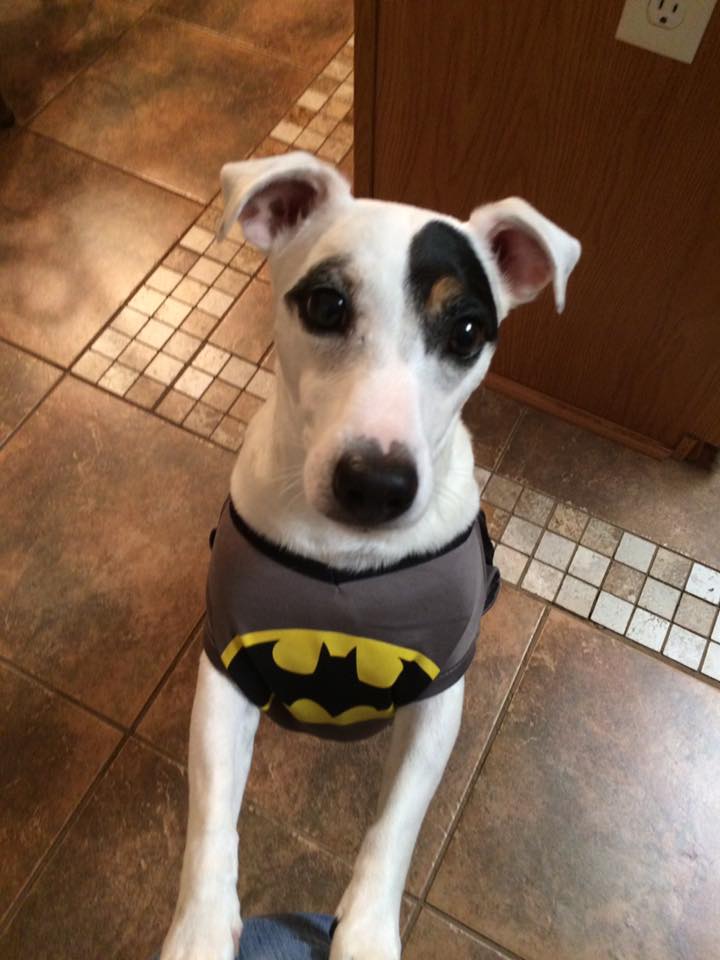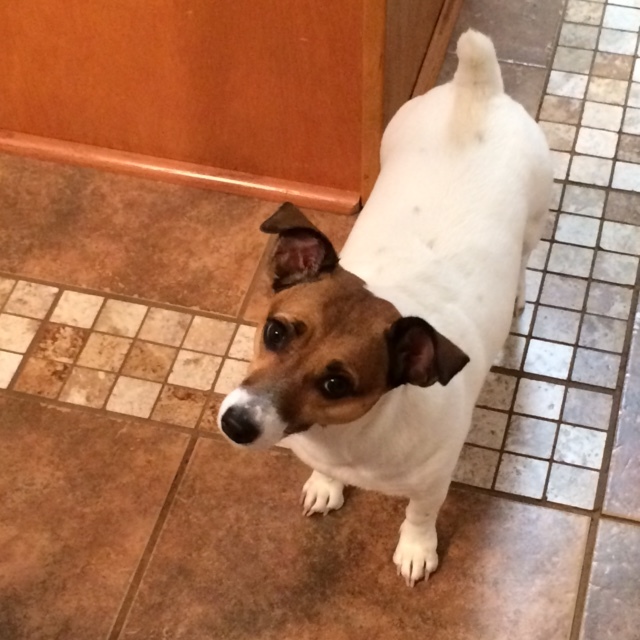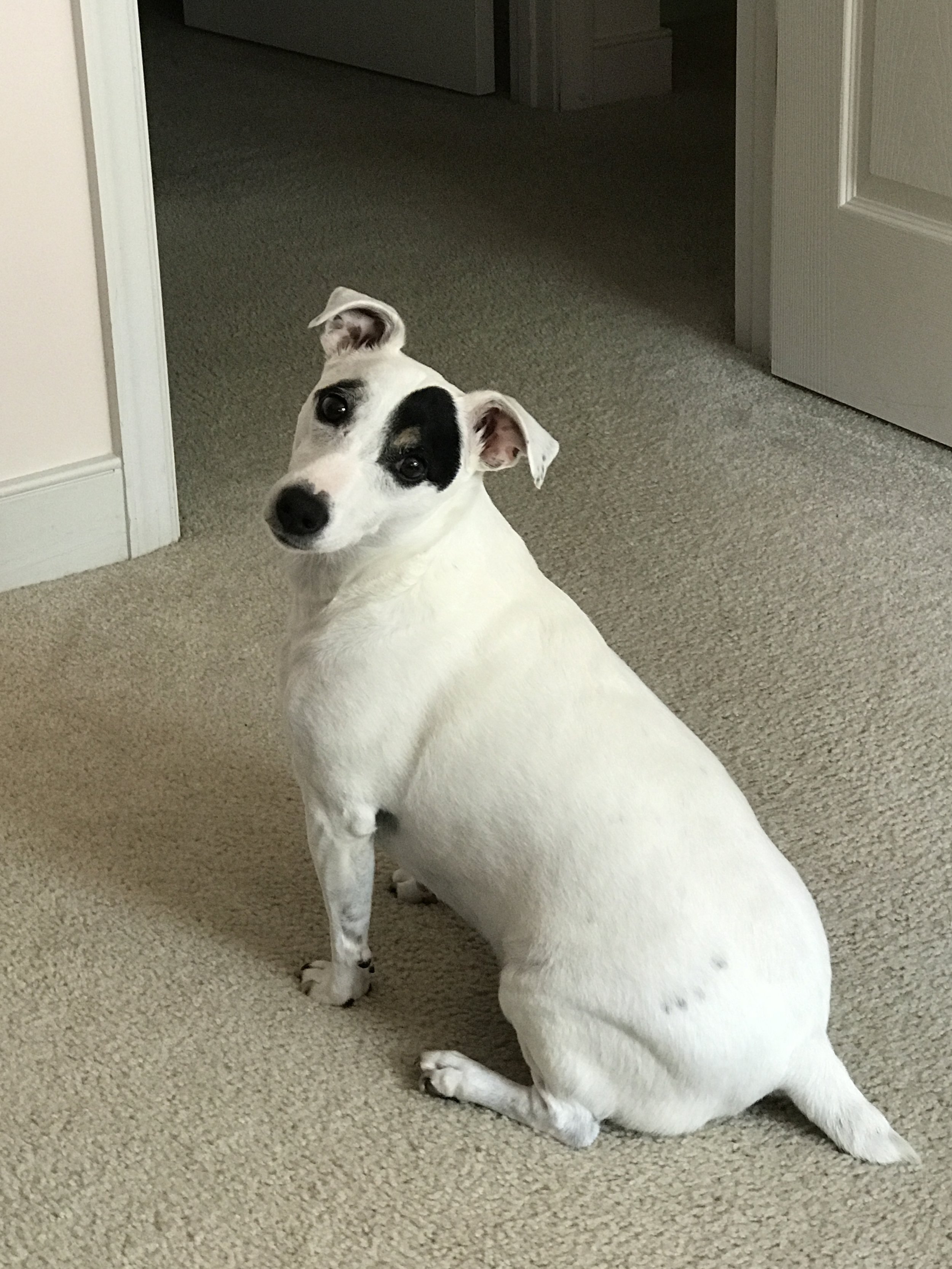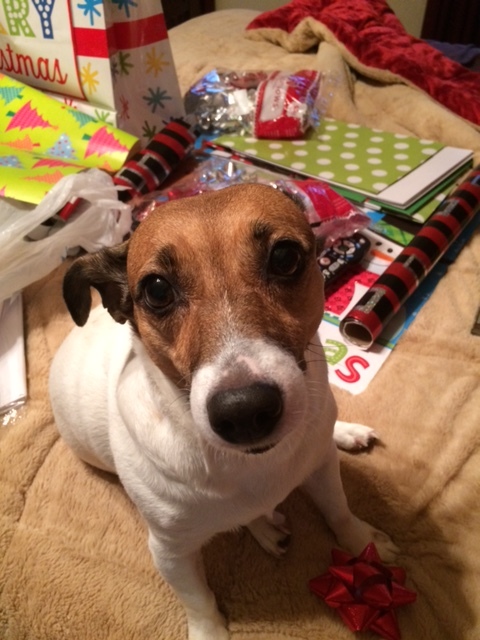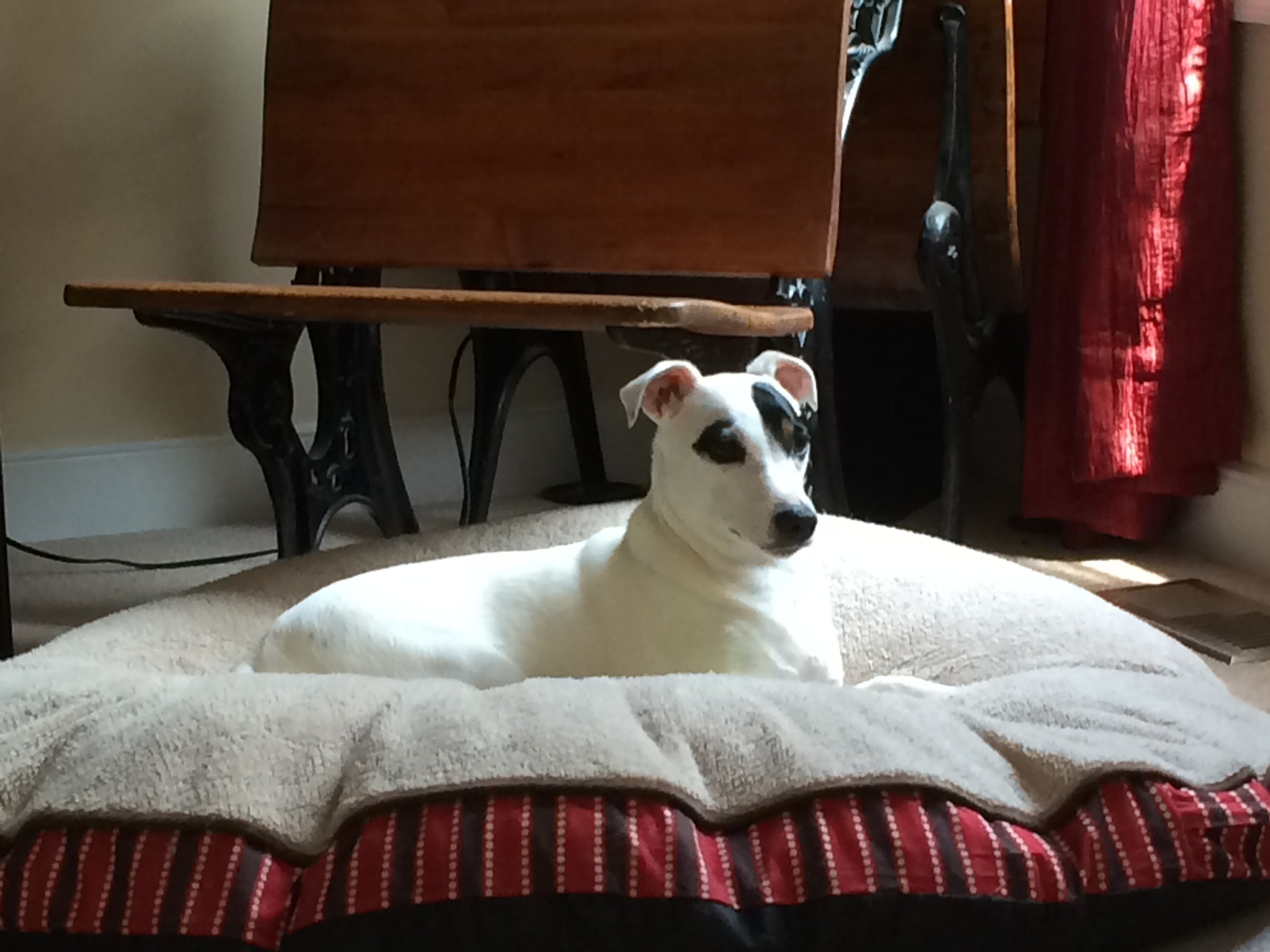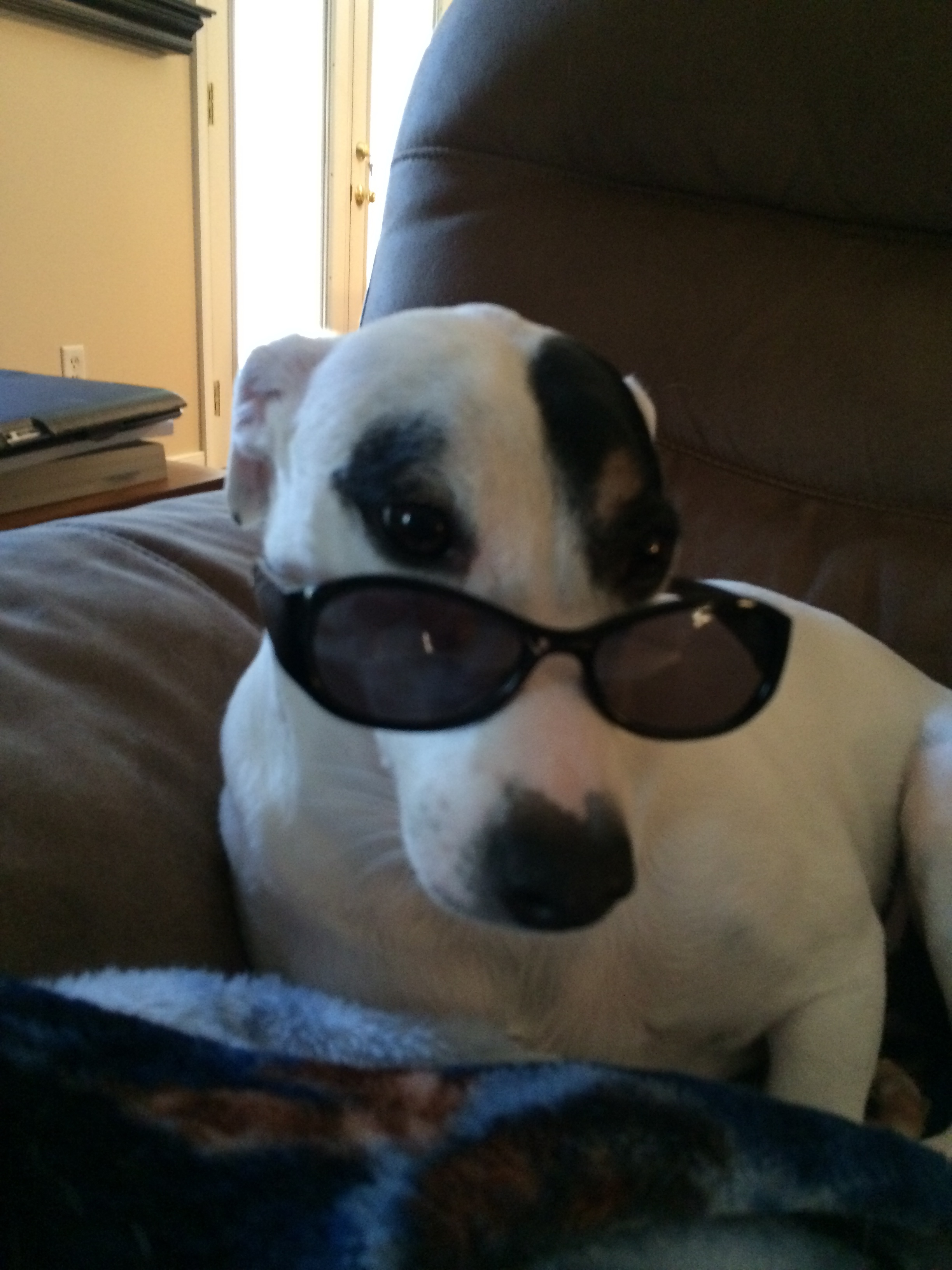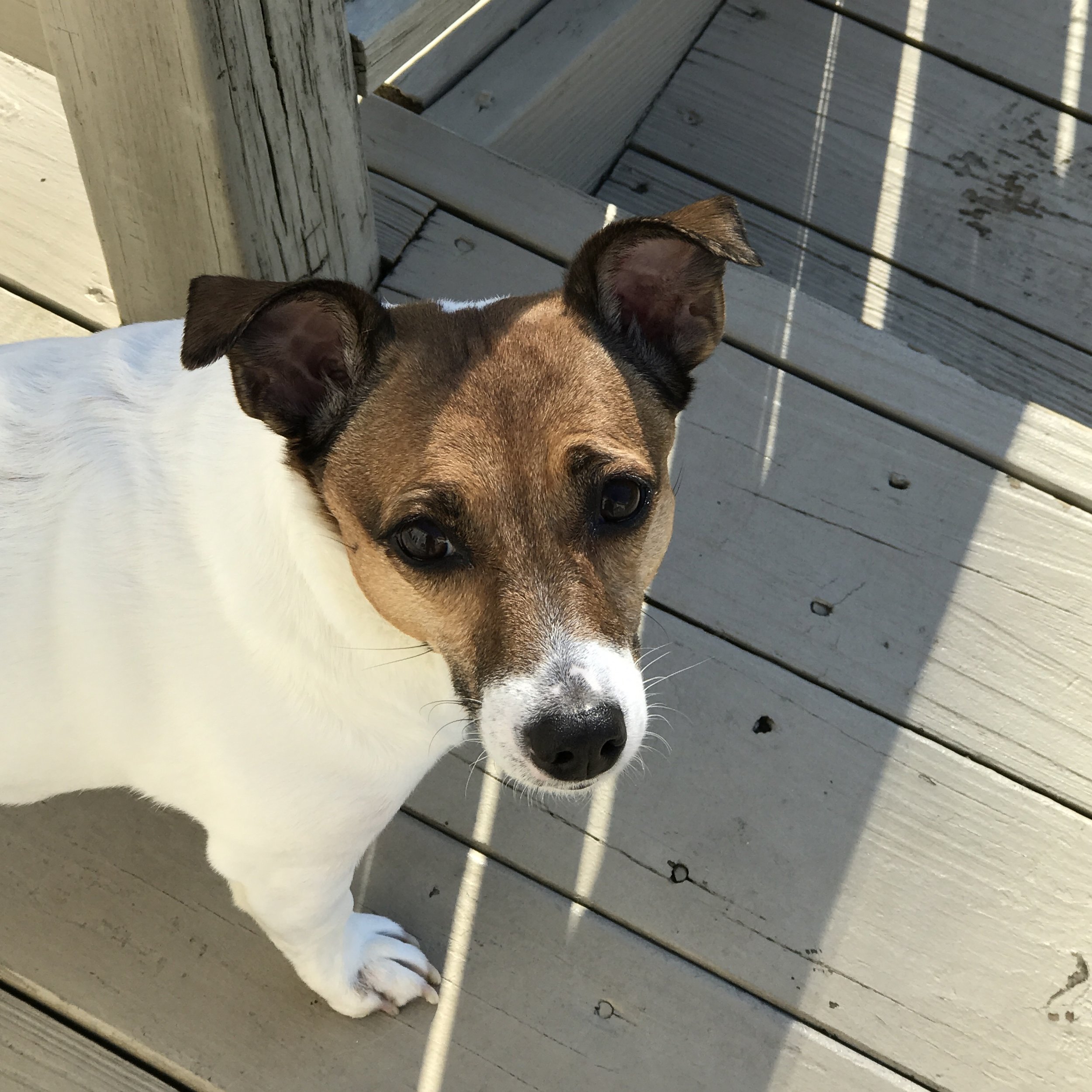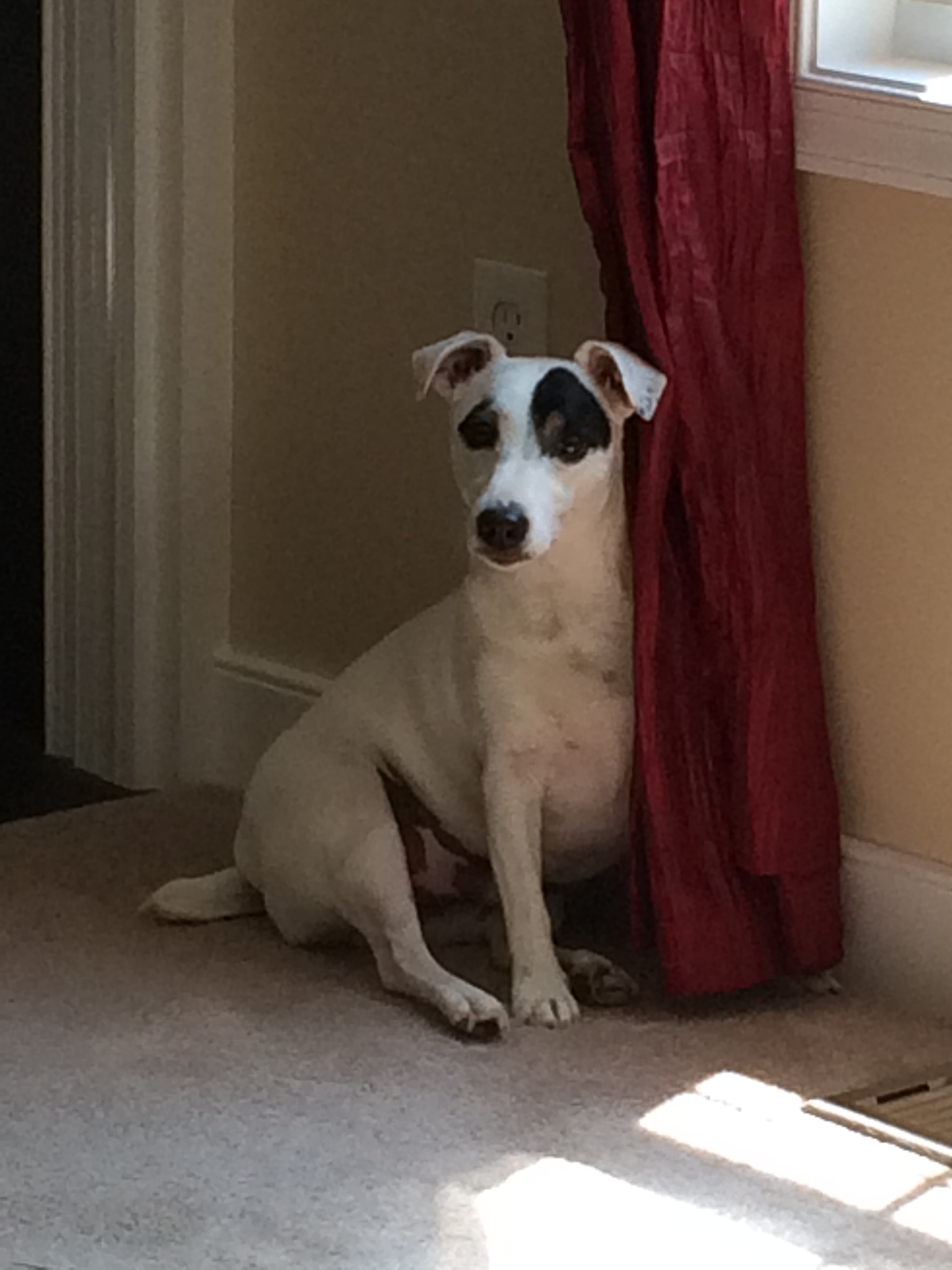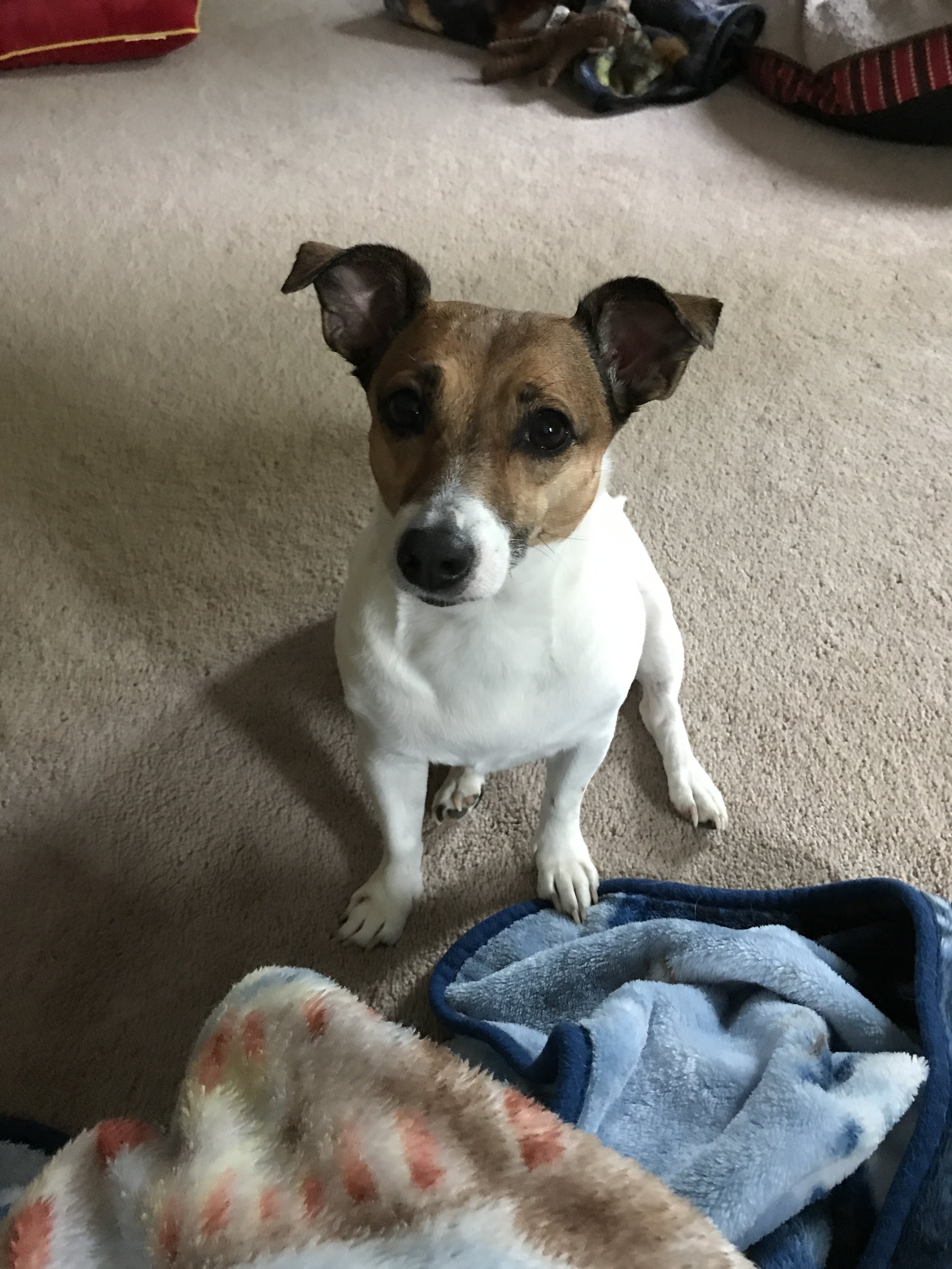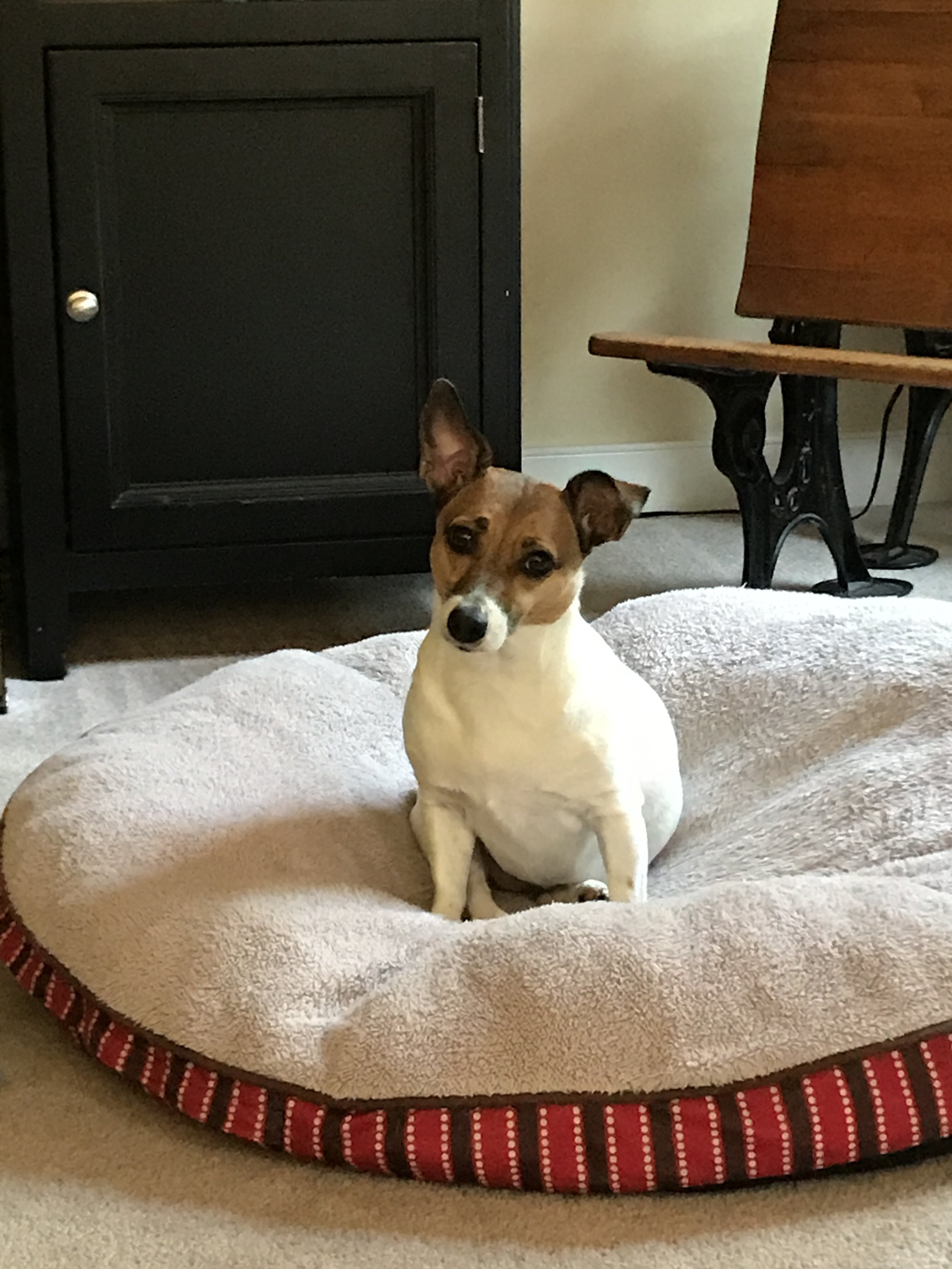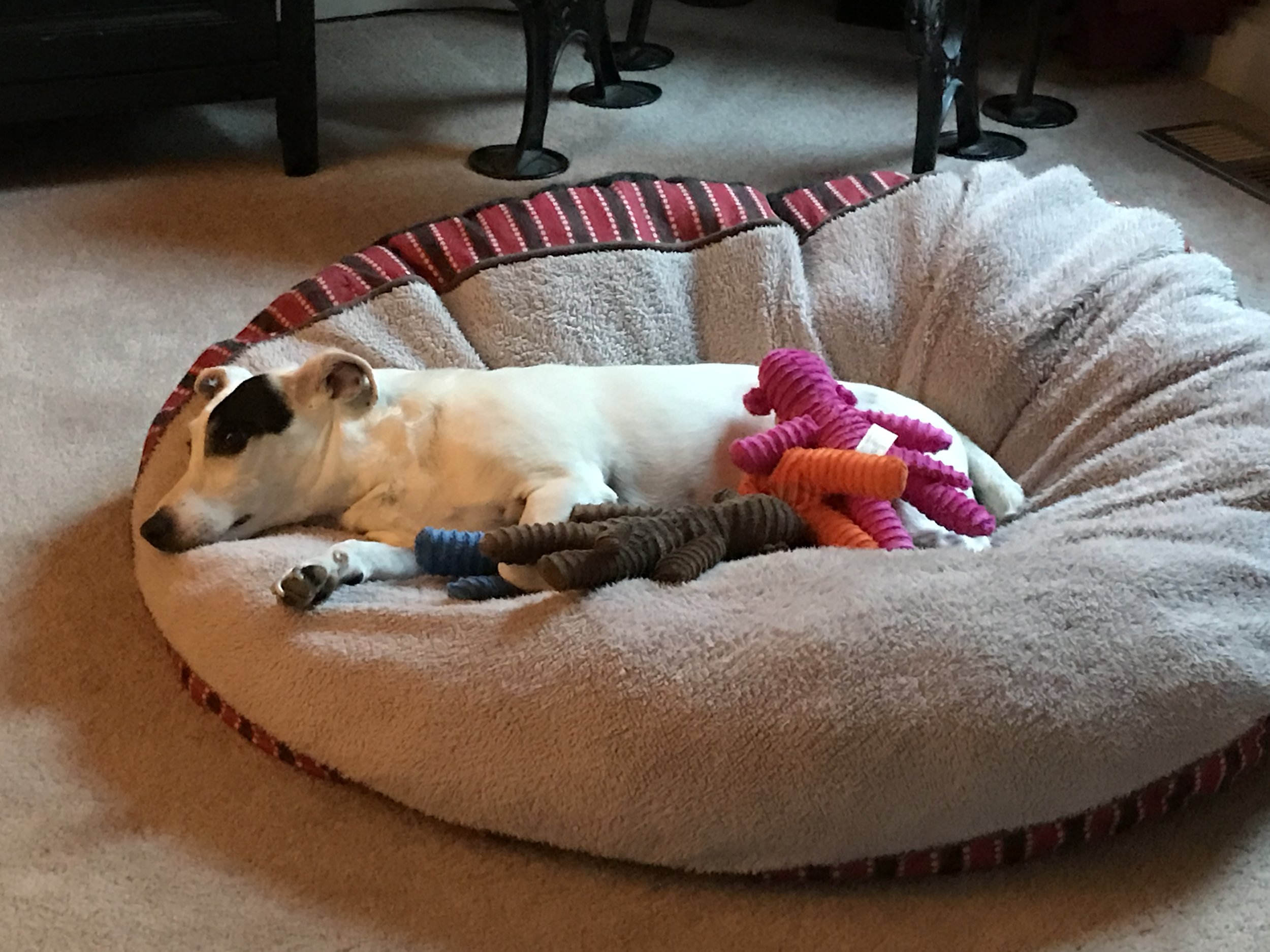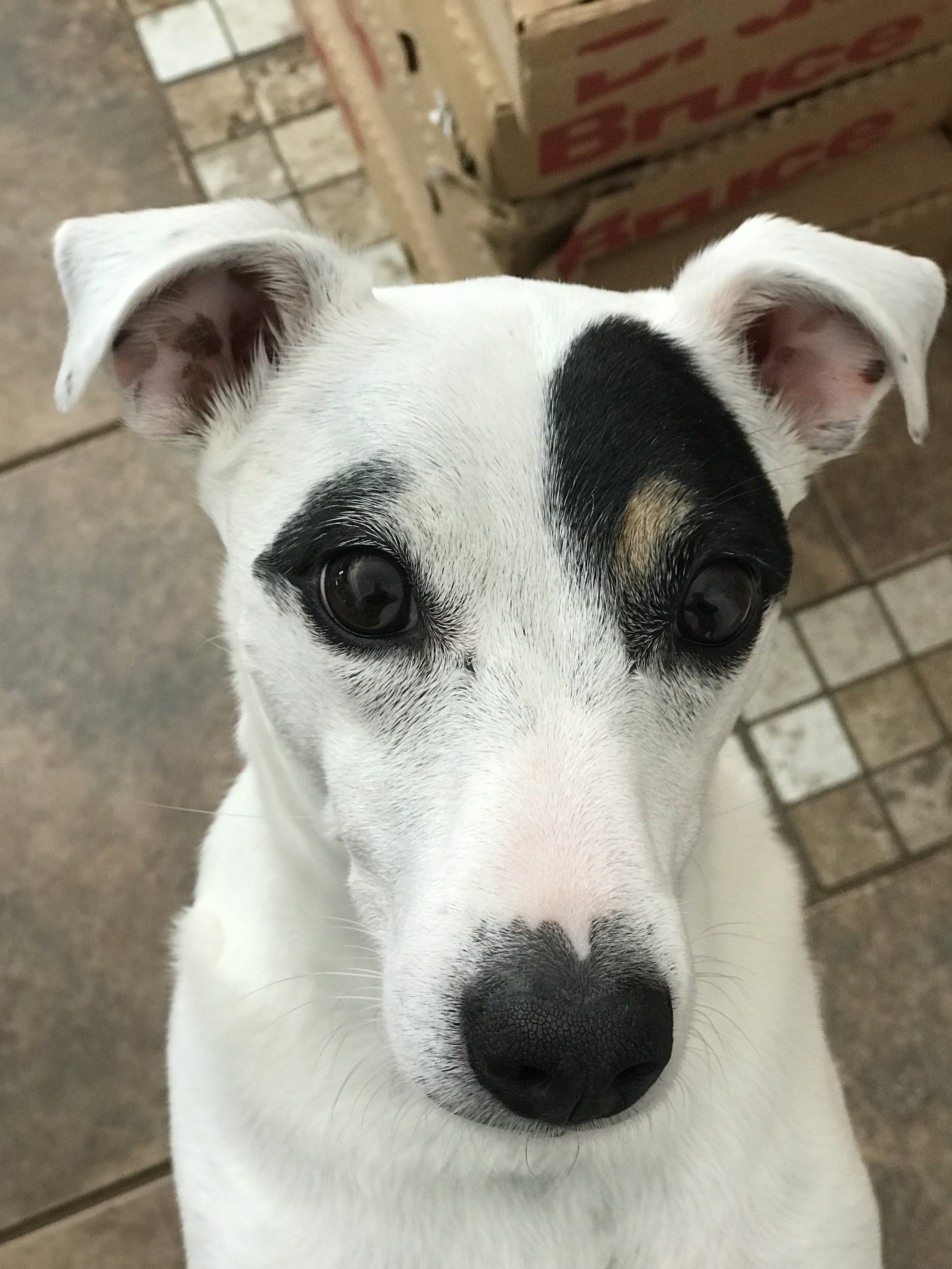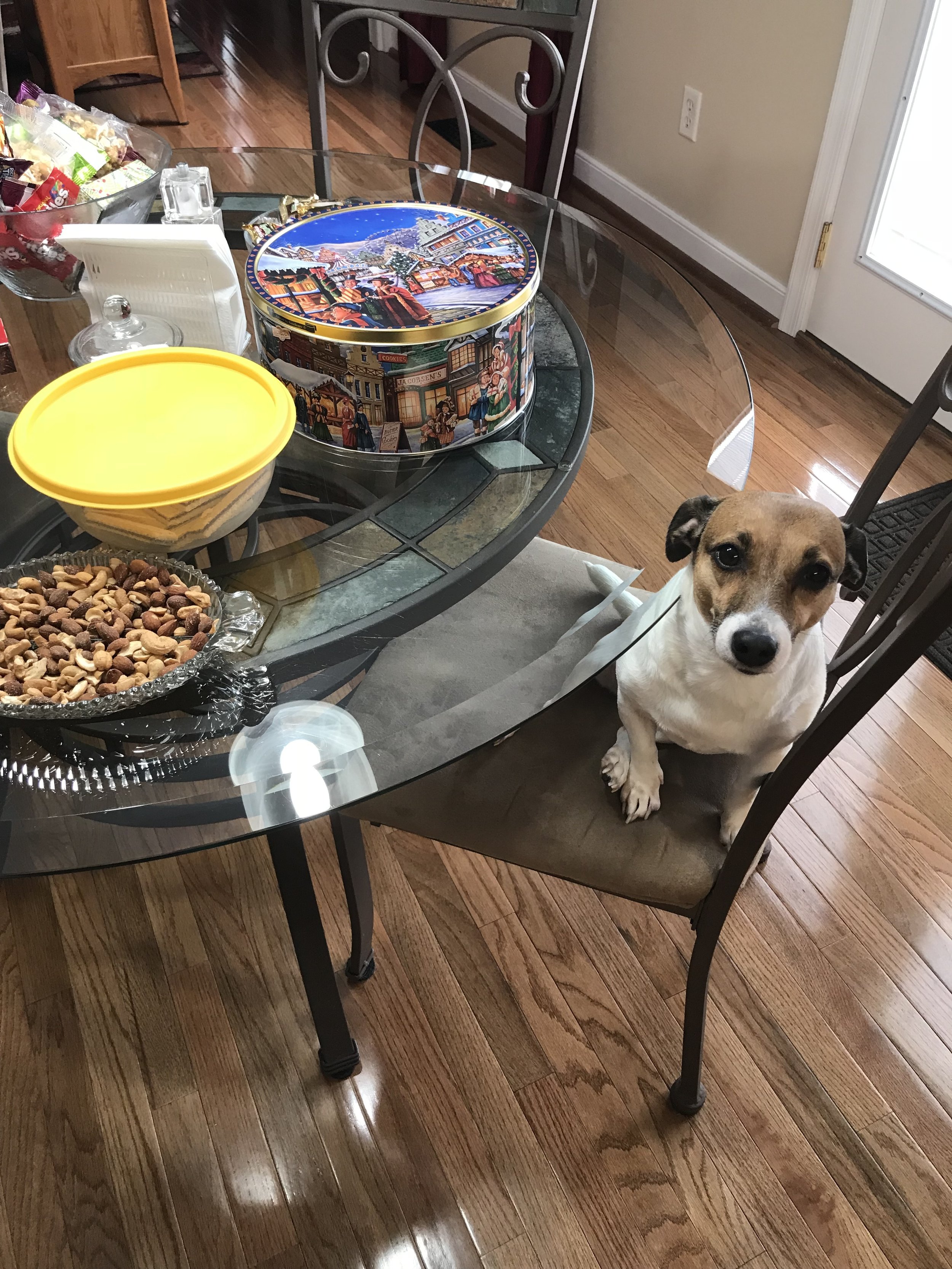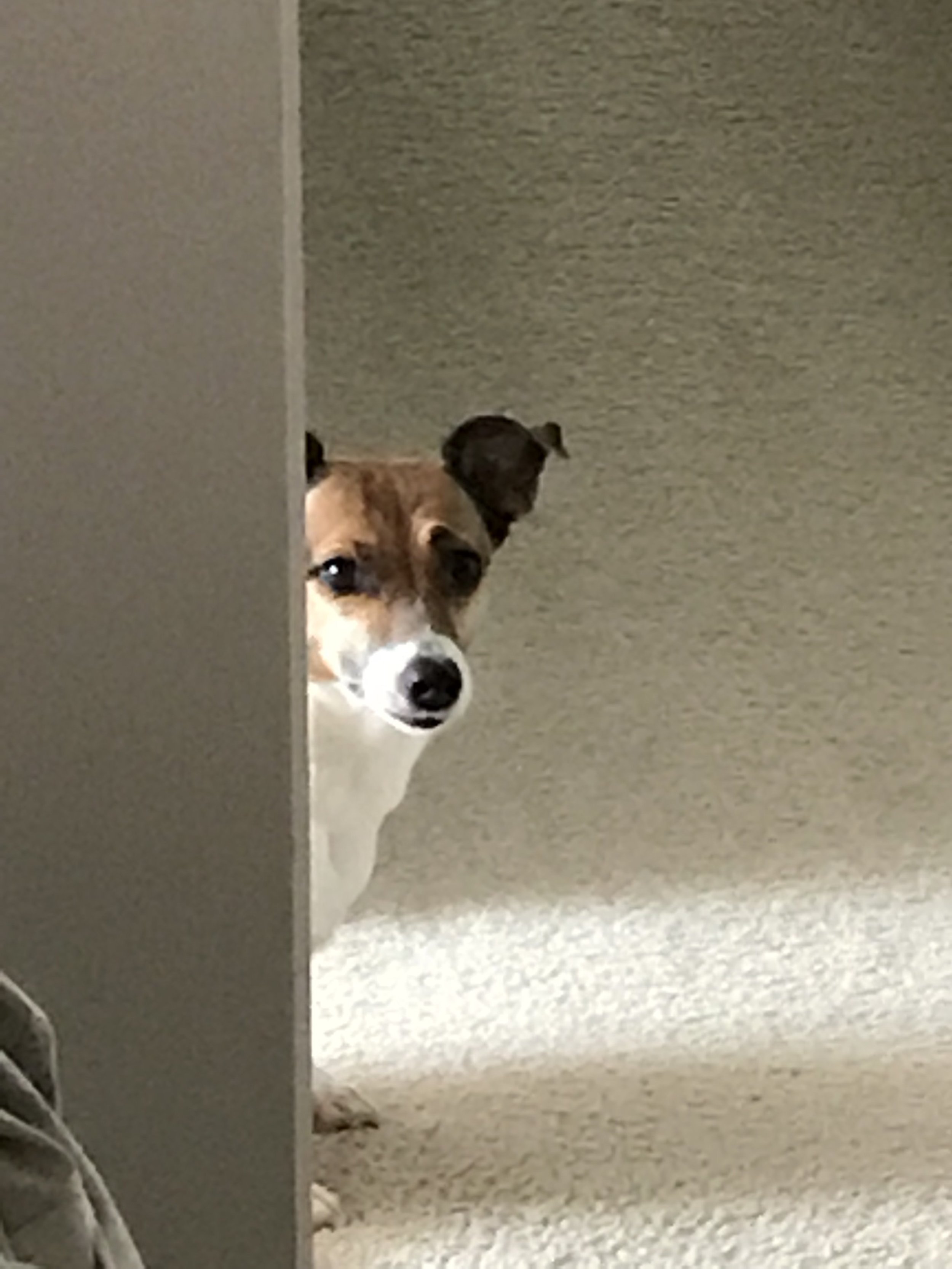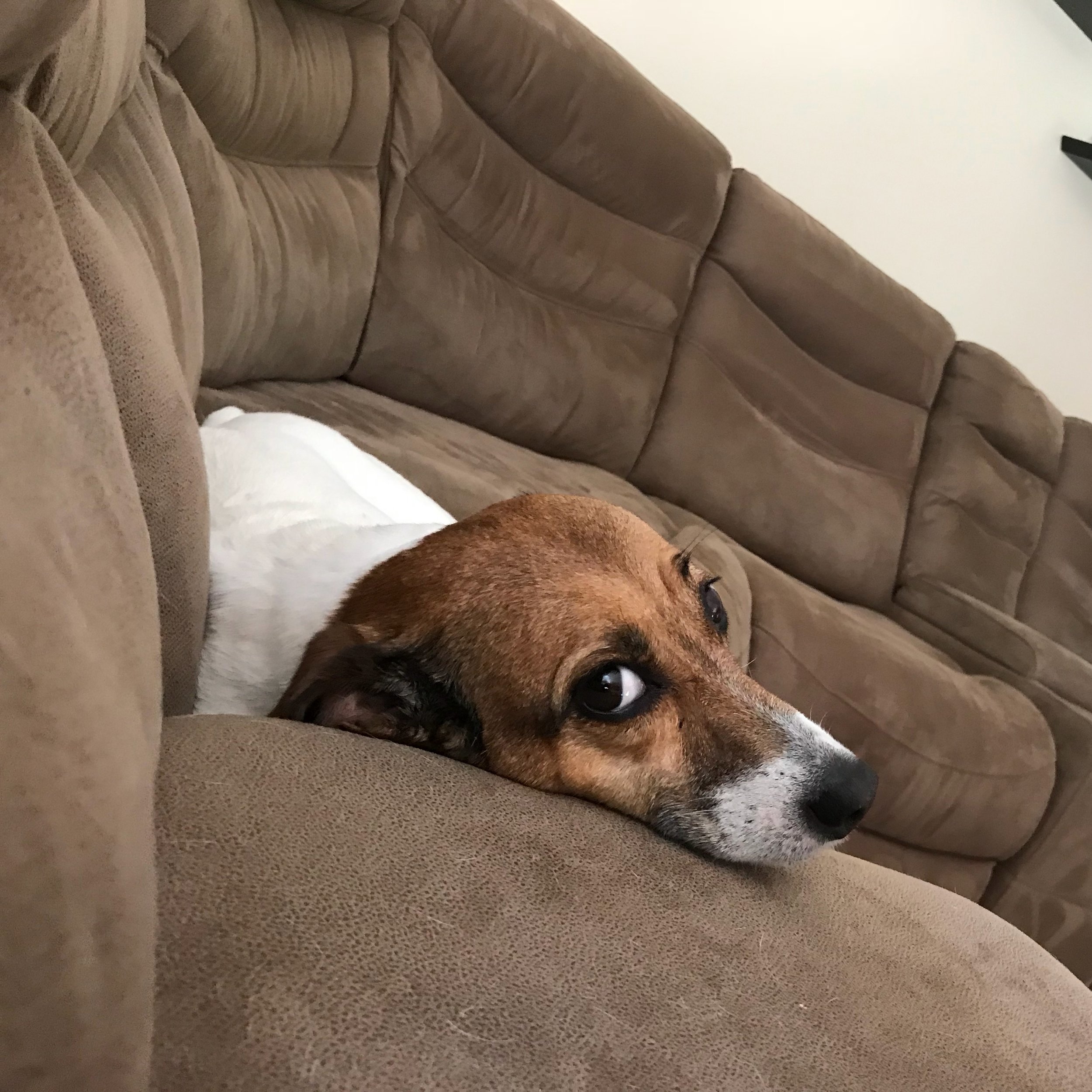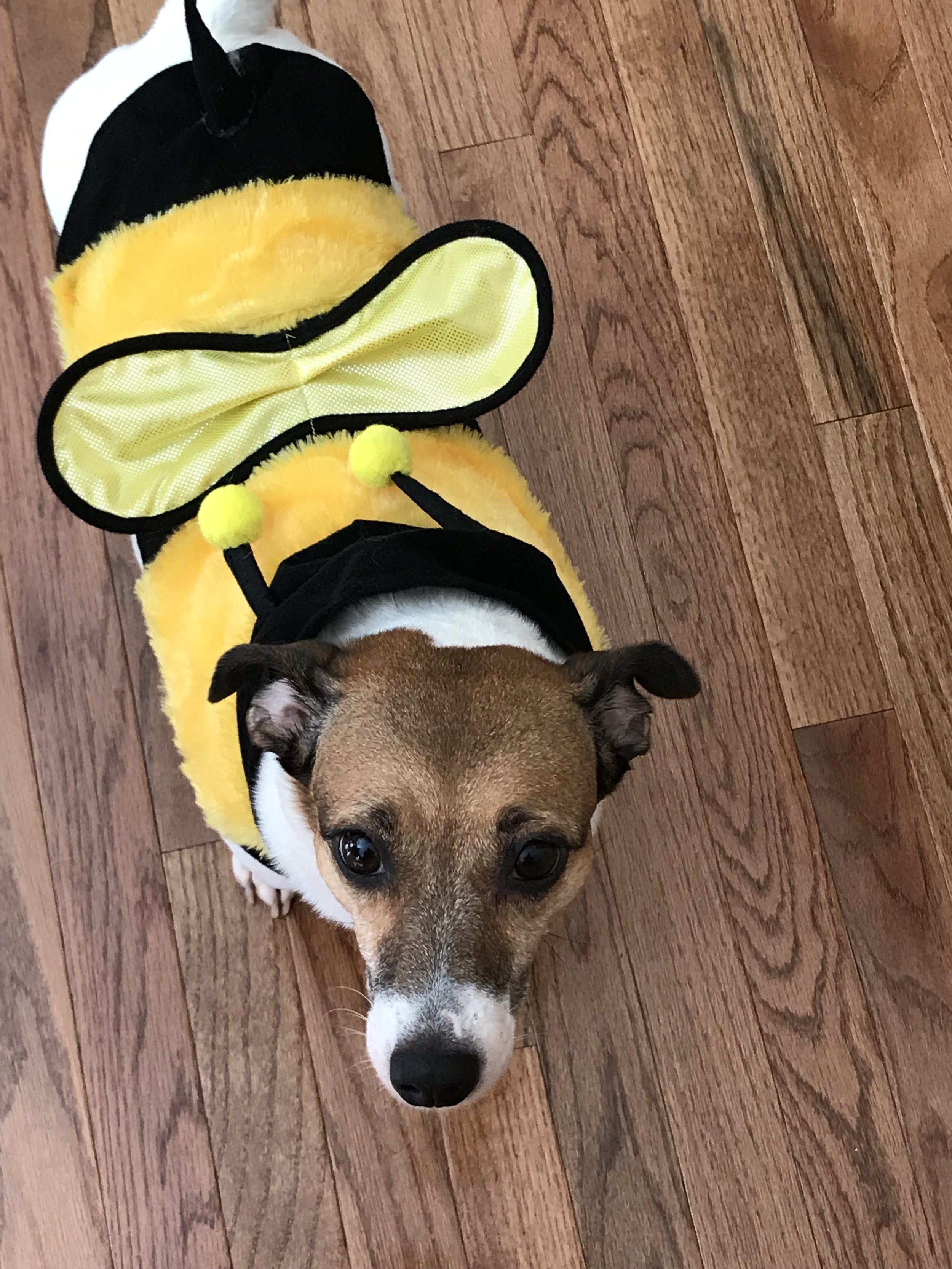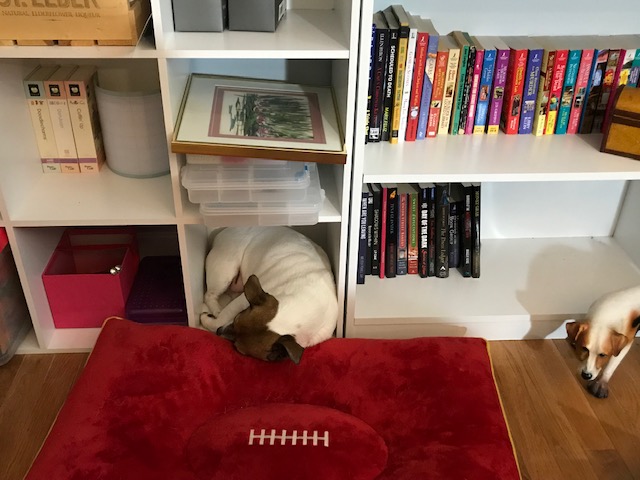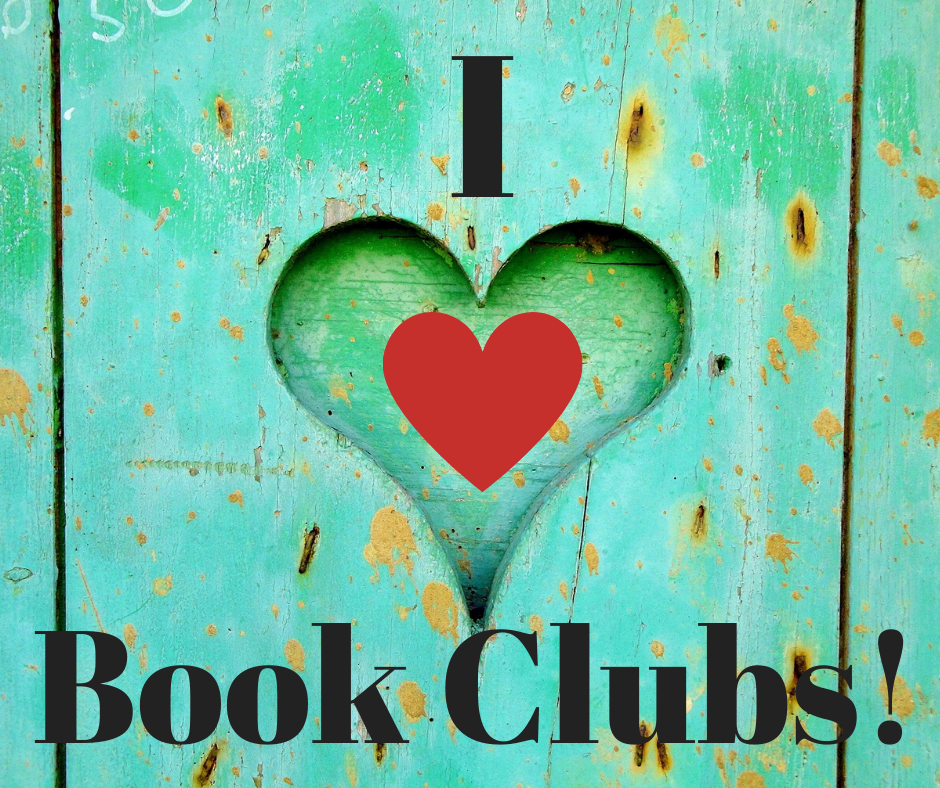It's Okay to Say No...
/It’s okay to say no. I’m southern and a person who likes harmony, so it took me a long time to realize that there are times when you can say no to requests.
You cannot do everything. As an author, you will get a lot of requests for your time (often from complete strangers). Your job is to write your next book, and you have to balance that with all the other obligations you have. I like to support other writers, but unfortunately, I can’t do every event or read every manuscript.
Guard your writing time. It is too easy to get involved in other activities. Even internet-surfing and tv-watching are big time sucks.
I love helping other authors and sharing their celebrations on social media. I just don’t have the time to read or edit every request I get. I’ve committed to my author early readers and my critique group to read and comment on their submissions. If you’re looking for feedback, find a writers’ group, a critique group, or a writing partner. You read their work, and they read yours.
I volunteer for a variety of causes. I have had to scale some of this back over the years to give myself time to write and edit. But you can support causes in a variety of ways. Your social media platform is powerful, and you can reach a lot of people.
As soon as you put yourself out there, you will be bombarded with all kinds of companies and service requests. Many are worthwhile and are opportunities to network. If you want to hire them, do your homework and get references.
Be careful on social media. You do not have to accept every friend or message request. There are a lot of book marketing, lonely hearts scammers, and bots out there. There are also people who friend you and then drop you when you reciprocate. They are just trying to build up a following.
You need to make sure that you are working on your next project.










